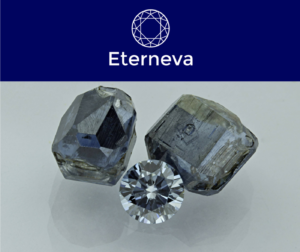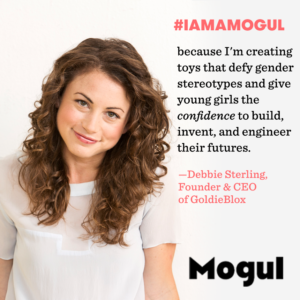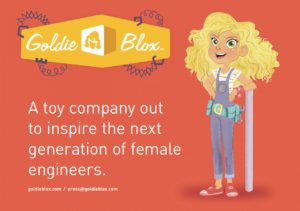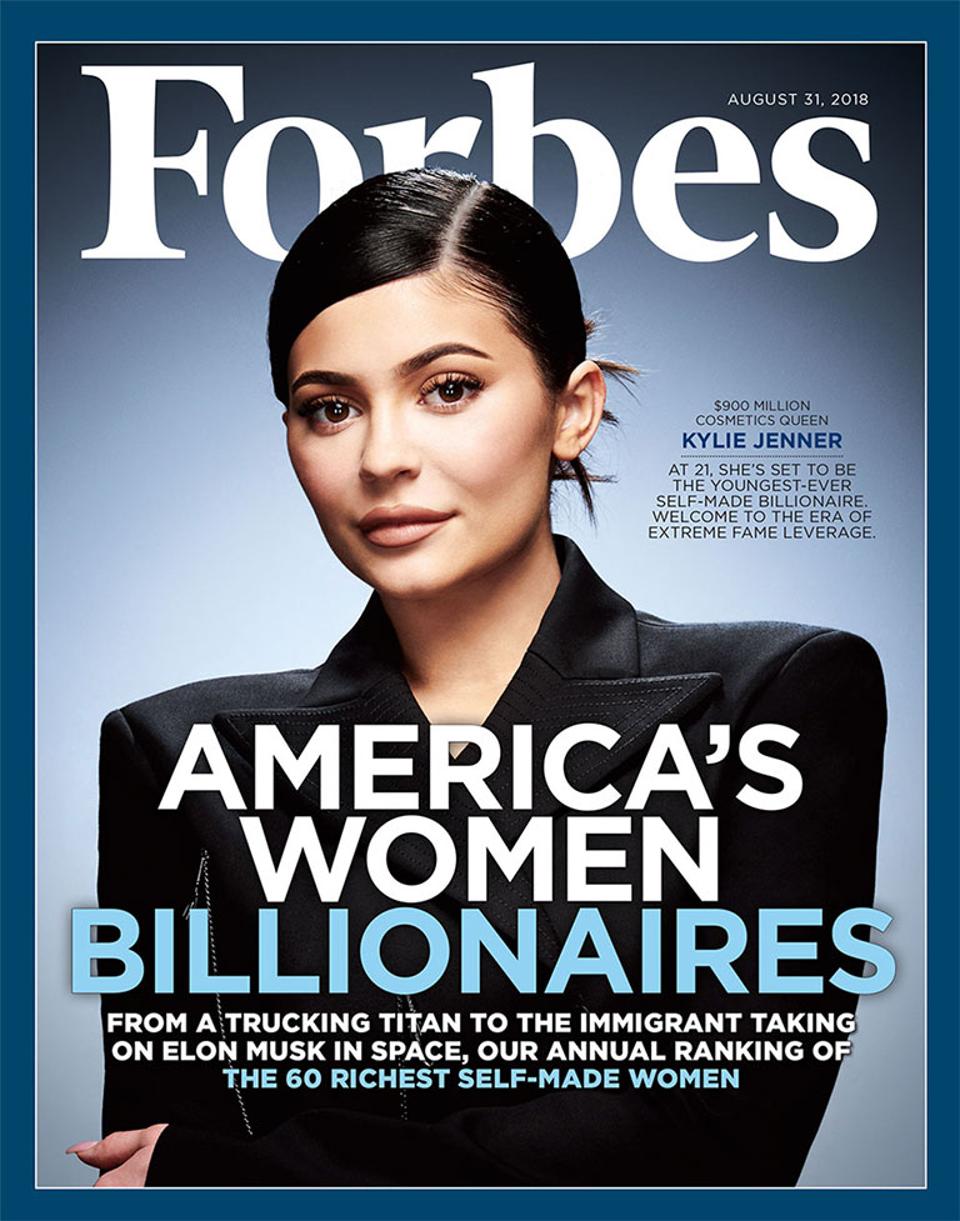Imagine being a junior in high school and hearing your song on the radio. Crazy, right? Not for Daya. Grace Martine Tandon, better known as Daya, was a junior in high school when she heard her hit single “Hide Away” on the radio. She was a teenager with a life long dream of making it big in the music industry. She learned how to play five instruments by the age of eleven, but it was her voice that made her stand out above the crowd.
When Daya was eleven, she enrolled in the Accelerando Music Conservatory in Pittsburgh. After a few years, Daya was invited to Los Angeles to work on her original music by INSIDE ACCESS. She recorded her song “Hide Away” in Paramount Recording Studios. After her debut song was recorded, she took off.
Celebrities, like Tyler Oakley, supported her right off the bat. Soon she was on Today with Kathie Lee and Hoda and grew from there. If people did not know her name after the support she received from “Hide Away,” they would after being featured on The Chainsmokers single “Don’t Let Me Down.” She was with one of the most popular EDM groups on the Top 100 chart at #3.
Soon her debut album came out “Sit Still, Look Pretty” which was also a success for the young super star. Her career took off in a short amount of years and she continues to grow each coming year. She is the epitome of following a dream at a young age and succeeding.








 lives in Utah writing as her career.
lives in Utah writing as her career.